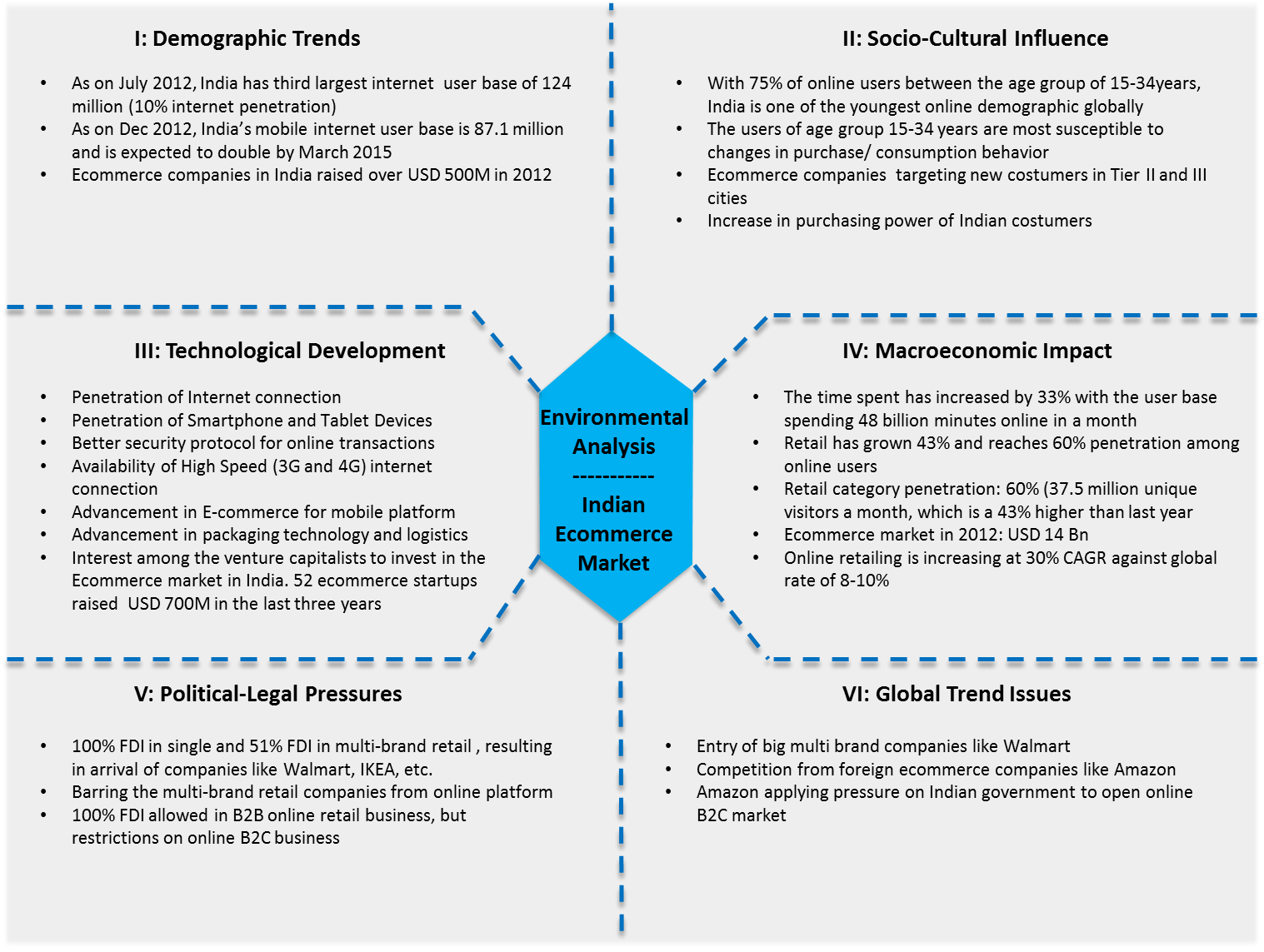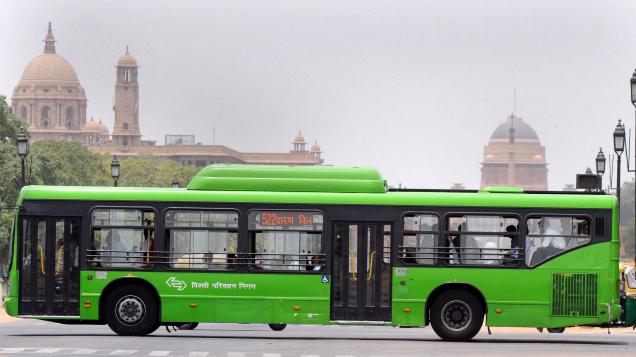RAPID PROTOTYPING
RAPID MANUFACTURING
Rapid manufacturing is an additive fabrication technique for manufacturing solid objects by the sequential delivery of energy and/or material to specified points in space to produce that part, through control by computer using a mathematical model created with the aid of a computer. It done in parallel batch production can provide a large advantage in speed and cost compared to alternative manufacturing techniques such as plastic injection molding or die casting.
RAPID PROTOTYPING
Rapid prototyping takes virtual designs from computer aided design (CAD) or animation modeling software, transforms them into thin,virtual, horizontal cross-sections and then creates each cross-section in physical space, one after the next until the model is finished. It is a WYSIWYG (what you see is what you get) process where the virtual model and the physical model correspond almost identically. With additive fabrication, the machine reads in data from a CAD drawing and lays down successive layers of liquid, powder, or sheet material, and in this way builds up the model from a series of cross sections. These layers, which correspond to the virtual cross section from the CAD model, are joined together or fused automatically to create the final shape. The primary advantage to additive fabrication is its ability to create almost any shape or geometric feature. The standard data interface between CAD software and the machines is the STL file format. An STL file approximates the shape of a part or assembly using triangular facets.
Benefits of Rapid Prototyping
• Allows easy integration of several life cycle phases into the design phase.
• Design teams can quickly identify potential problems in the product design without spending large amounts of time or money.
• Engineering changes can be made to the design early in the product life cycle.
RAPID PROTOTYPING METHODS
• Stereo lithography (SLA)
• Selective Laser Sintering (SLS)
• Laminated Object Modeling
• Ballistic Particle Manufacturing
• Photochemical Machining
• SOMOSTM Solid Imaging System
• Optical Fabrication
• Fused Deposition Modeling
• Solid Base Curing
• 3-D Printing
SOME PROTOTYPING TOOLS
Sketch Flow, RapidRabb.it, Prototype Composer,Protoshare, Axure RP Pro, Balsamiq Mockups,Expression Blend, Expression Design, Fireworks,Flex, iRise, Live View, OmniGraffle, Protonotes,Protoscript, Protoscript
STEREO LITHOGRAPHY
Stereo lithography is the most widely used rapid prototyping technology.Stereo lithography builds plastic parts or objects a layer at a time by tracing a laser beam on the surface of a vat of liquid photopolymer. This class of materials, originally developed for the printing and packaging industries, quickly solidifies wherever the laser beam strikes the surface of the liquid. Once one layer is completely traced, it's lowered a small distance into the vat and a second layer is traced right on top of the first. The self-adhesive property of the material causes the layers to bond to one another and eventually form a complete, three-dimensional object after many such layers are formed.Stereo lithography generally is considered to provide the greatest accuracy and best surface finish of any rapid prototyping technology. A wide range of materials with properties mimicking those of several engineering thermoplastics have been developed. Limited selectively color changing materials for biomedical and other applications are available, and ceramic materials are currently being developed. The technology is also notable for the large object sizes that are possible. But working with liquid materials can be messy and parts often require a post-curing operation in a separate oven-like apparatus for complete cure and stability.
SELECTIVE LASER SINTERING
Thermoplastic powder is spread by a roller over the surface of a build cylinder. The piston in the cylinder moves down one object layer thickness to accommodate the new layer of powder. Here, a piston moves upward to supply a measured quantity of powder for each layer.
A laser beam is then traced over the surface of this tightly compacted powder to selectively melt and bond it to form a layer of the object. The fabrication chamber is maintained at a temperature just below the melting point of the powder so that heat from the laser need only elevate the temperature slightly to cause sintering. Though, it may take a considerable length of cool-down time before the part can be removed from the machine.
SLS offers the key advantage of making functional parts in essentially final materials. A variety of thermoplastic materials such as nylon, glass filled nylon, and polystyrene are used. Surface finishes and accuracy is not very good, but material properties can be quite close to those of the intrinsic materials. The method has also been extended to provide direct fabrication of metal and ceramic objects and tools.
The products are porous. It may be necessary to infiltrate the part, especially metals, with another material to improve mechanical characteristics.
LAMINATED OBJECT MANUFACTURING
Profiles of object cross sections are cut from paper or other web material using a laser. The paper is unwound from a feed roll onto the stack and first bonded to the previous layer using a heated roller which melts a plastic coating on the bottom side of the paper. The profiles are then traced by an optics system that is mounted to an X-Y stage.
After cutting of the layer is complete, excess paper is cut away to separate the layer from the web. Waste paper is wound on a take-up roll. Areas of cross sections which are to be removed in the final object are heavily cross-hatched with the laser to facilitate removal. The finish, accuracy and stability of paper objects are not as good as for materials used with other RP methods.
However, material costs are very low, and objects have the look and feel of wood and can be worked and finished in the same manner. This has fostered applications such as patterns for sand castings. While there are limitations on materials, work has been done with plastics, composites, ceramics and metals.
LASER POWDER FORMING
A high power laser is used to melt metal powder supplied coaxially to the focus of the laser beam through a deposition head. The X-Y table is moved in raster fashion to fabricate each layer of the object. Metal powders are delivered and distributed around the circumference of the head either by gravity, or pressure. An inert shroud gas used to promote layer to layer adhesion by providing better surface wetting.Materials such as stainless steel, Inconel, copper,aluminum, titanium etc. can be used. Materials composition can be changed dynamically and continuously, leading to objects with properties that might be mutually exclusive using classical fabrication methods.
The strength of the technology lies in the ability to fabricate fully dense metal parts with good metallurgical properties at reasonable speeds. They have good grain structure, and have properties similar to, or even better than the intrinsic materials. Laser powder forming methods have fewer material limitations than SLS, don't require secondary firing operations as some of those processes do, and can also be used to repair parts as well as fabricate them.
FUSED DEPOSITION MODELLING
A plastic filament is unwound from a coil and supplies material to an extrusion nozzle. The nozzle is heated to melt the plastic and has a mechanism which allows the flow of the melted plasticto be turned on and off. The nozzle is mounted toa mechanical stage which can be moved in bothhorizontal and vertical directions.
As the nozzle is moved over the table in the required geometry, it deposits a thin bead of extruded plastic to form each layer. The plastic hardens immediately after being squirted from the nozzle and bonds to the layer below. The entire system is held at a temperature just below the melting point of the plastic.
Several materials are available for the process including ABS and investment casting wax. ABS offers good strength, and more recently polycarbonate and poly (phenyl) sulfone materials have been introduced which extend the capabilities of the method further in terms of strength and temperature range.
3 DIMENSIONAL PRINTING
The process starts by depositing a layer of powder object material at the top of a fabrication chamber. To accomplish this, a measured quantity of powder is first dispensed from a similar supply chamber by moving a piston upward incrementally. The roller then distributes and compresses the powder at the top of the fabrication chamber.The multichannel jetting head subsequently deposits a liquid adhesive in a two dimensional pattern onto the layer of the powder which becomes bonded in the areas where the adhesive is deposited, to form a layer of the object.
Once a layer is completed, the fabrication piston moves down by the thickness of a layer, and the process is repeated until the entire object is formed within the powder bed. After completion, the object is elevated and the extra powder brushed away leaving a "green" object.
Three dimensional printing offers the advantages of speedy fabrication and low materials cost. In fact, it's probably the fastest of all RP methods. Color output is also available; however there are limitations on resolution, surface finish, part fragility and available materials.


Comments
short and simple language